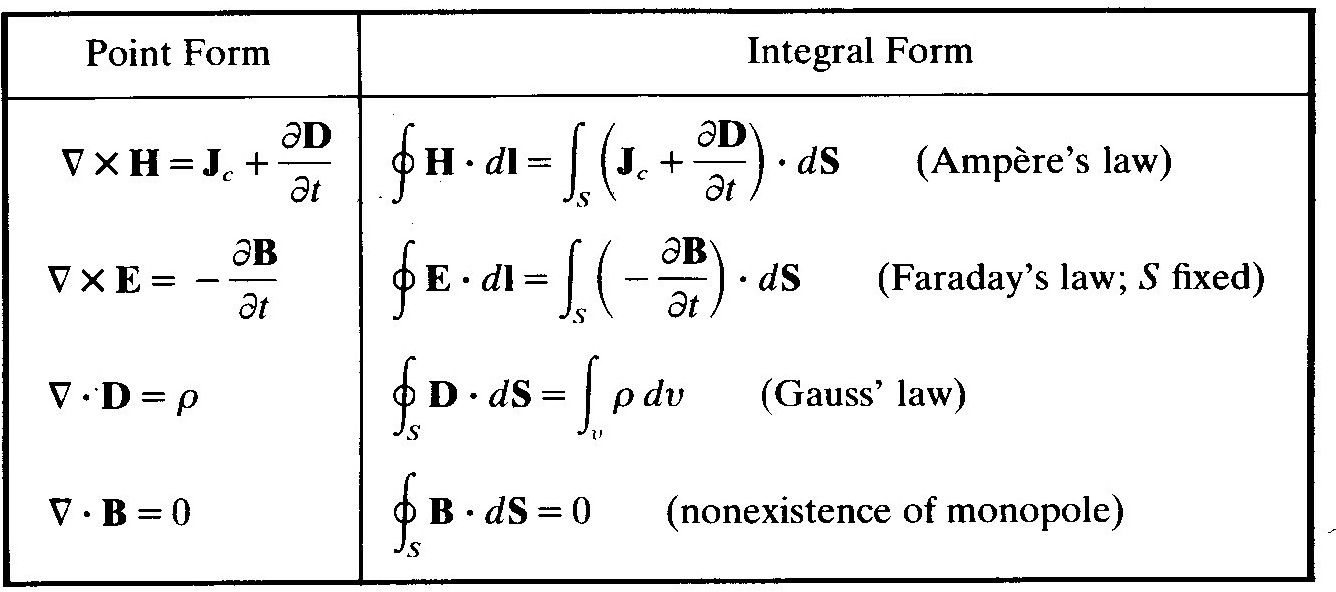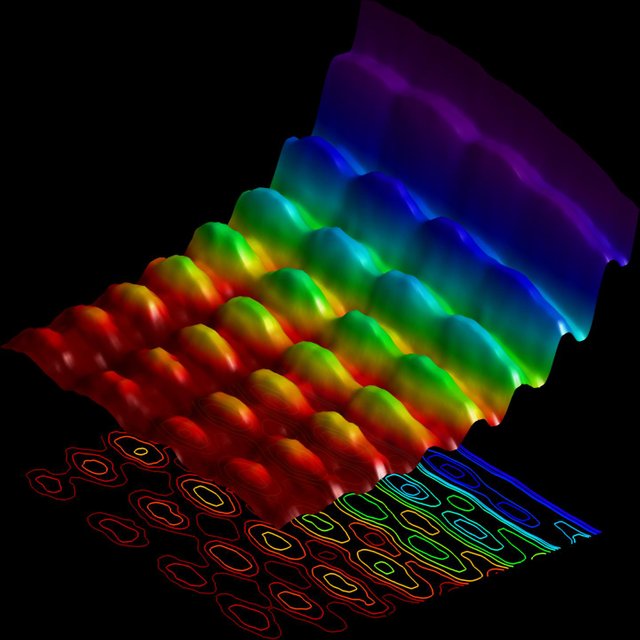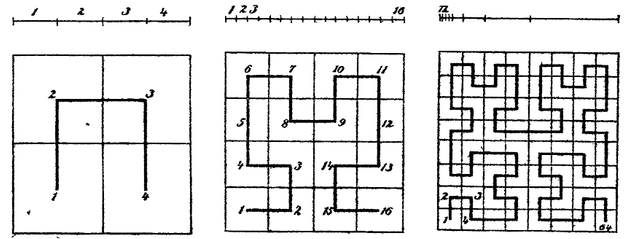Quantum Fields and the Future of Computers
Quantum Fields and the Future of Computers
As I travel further down the rabbit hole of current
'Applied Physics' I am constantly astonished how
akin it is to 'Theoretical Physics' in many ways. I used
to wonder how much further can science progress if
we were to actually understand every minuscule particle.
Would it be the slow demise of discovery or would it give
birth to new and even more mind blowing discoveries?
The computational power and abilities of computers
are very similar. Computers used to be slow, not efficient
and did very little for the user compared to the resources
required to use such a monstrosity. Now we have
'off the shelf' products like the Parallella S.B.C.
(small board computer) and the Intel I9 processor, both
capable of tremendously complicated task's such as
calculating Pi to 50,000,... position or layering synaptic
networks for graphics and artificial inelegance.
The average desktop user now has access to these super
computers for less money than it costs to purchase a
90's used car!!! But the rate at which we are becoming
faster is actually slowing down. The rate of scientific
discovery has slowed down as well compared to the
amount of discovery made during the industrial
revolution. Is there some sort of super symmetry between
computational power and new discoveries being applied
and or industrialized? I believe there is.
Great minds like Issac Newton and Micheal Faraday and
many before and after them had often attempted to
quantify the relationship between what we can see and
touch and the invisible forces that influence what we can
see and touch. They used visual aid to try and describe
their preposterous ideals. We call this math. This is how
I describe physics.
They envisioned a force that influences all that we
know as matter. We currently call these influential
forces 'fields' and we measure and attempt to quantify
the individual attributes and differences of these fields
so we can call something a particle. This method works
great in my opinion. These are photons in an electric
field and electrons in an electric field. The images are
stock and were taken under laboratory conditions
and easily found on-line.
We now know that particles such as the electron
and photon are not some type of super tiny spec of
something 'relative' to our perception but actually a
"packet","bundle" or "entanglement" of 'some type
' of electricity. At this point I hope we understand how
semantics can become a hang up. However it is a fact
that we are all connected to everything and everyone
via an electric field. This possible due to the space
filling nature of Hilbert Curves.
I find it highly coincidental how protons and neutrons
can be described with up quarks, down quarks and an electric
field and how a Hilbert Curve has three obvious attributes.
A starting point, an ending point or a loop. My idea is is to
some how store bits of information in an electric field as
opposed to being stored as a charge in a physical component.
There would still be an interface but a huge amount of
hardware might be able to be replaced with a trapped,
maintained and easily manipulated electric field. With off
the shelf technology and products we already posses the
capabilities to attempt this venture. An idea of
Jonathon Gibbens aka 'upernube' in ..steemit beta..



